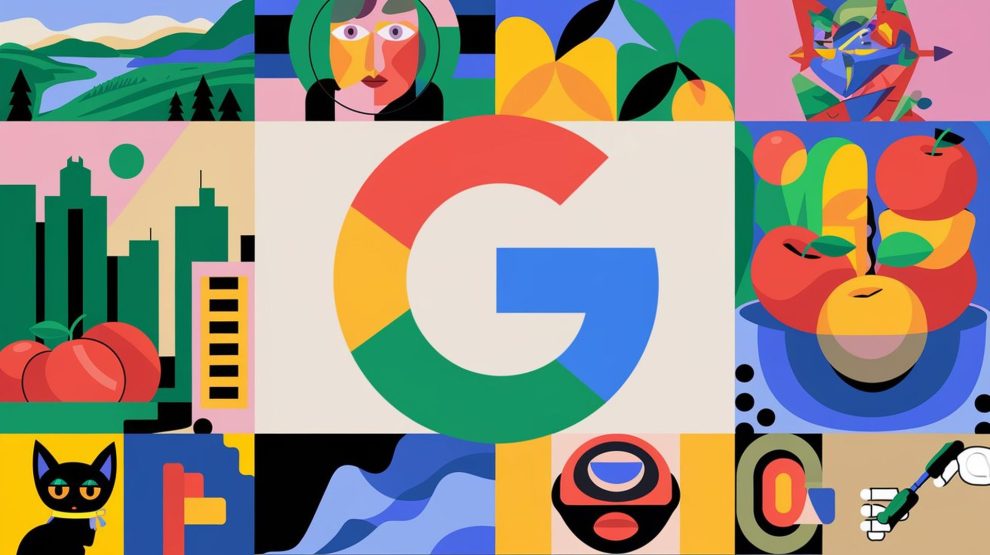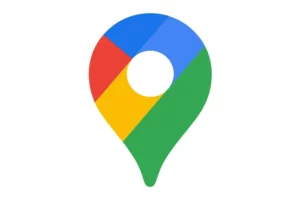Google Photos is developing a feature to display IPTC metadata, potentially helping users identify AI-generated images. Learn about this upcoming tool for digital authenticity.
In an era where artificial intelligence is reshaping our digital landscape, Google Photos is taking a significant step towards transparency. The popular photo storage and sharing platform is reportedly working on a feature that could help users distinguish between AI-generated images and authentic photographs. This development comes at a crucial time when the line between reality and digital creation is becoming increasingly blurred.
The Rise of AI in Image Creation
Artificial intelligence has revolutionized the way we create and manipulate images. From enhancing existing photos to generating entirely new visuals from text prompts, AI tools have become increasingly sophisticated and accessible to the general public.
We’re seeing a proliferation of AI-generated content across all media platforms,” says Dr. Emily Chen, a digital media expert at Stanford University. While this technology offers incredible creative possibilities, it also raises important questions about authenticity and trust in visual information.
Indeed, as AI-generated images become more prevalent, the ability to discern between authentic photographs and AI creations has become a growing concern for many users.
Google Photos’ Upcoming Feature: Unveiling the Digital Footprint
According to recent findings from an APK teardown of Google Photos version 7.3, the app is preparing to introduce a feature that could address these concerns head-on. The teardown, conducted by tech journalists at Android Authority, revealed new layout files containing XML code that suggests the app will soon display IPTC (International Press Telecommunications Council) metadata for images.

This metadata could include crucial information such as:
1. Credit tags indicating the source of the image
2. Digital source type, specifying how the image was created
3. AI information, potentially identifying the AI model used
If implemented, this feature could be a game-changer for digital literacy,” explains Jake Thompson, a software engineer specializing in image processing. “It would give users a quick and easy way to understand the origin and potential manipulation of the images they’re viewing.”
The potential new feature could display several key pieces of information:
Credit Tags: These could include labels like “Made with Google AI” for images generated through Google Gemini, or “AI-Generated with Google Photos” for images created using the app’s Magic Editor feature.
Digital Source Type: This field would indicate how the digital image was created, potentially flagging images that have been enhanced or corrected using AI models.
AI Information: While its exact function is still speculative, this field could potentially identify the specific AI or model used to generate an image.
By surfacing this information directly in the app, Google is empowering users to make more informed decisions about the content they consume and share,” says Thompson.
The development of this feature by Google Photos reflects a growing awareness of the need for transparency in digital media. As AI-generated content becomes more prevalent, tools that help users identify the origin and nature of images become increasingly important.
Dr. Chen notes, “This move by Google could set a new standard for transparency in digital platforms. It’s a recognition that in our AI-driven world, users need and deserve more context about the content they’re interacting with.”
However, the effectiveness of such a feature will depend on widespread adoption and standardization across the industry. For this to truly make a difference, we need to see similar efforts from other major platforms and a commitment to maintaining accurate metadata across the digital ecosystem,” Dr. Chen adds.
While the prospect of easy AI image identification is exciting, experts caution that there may be limitations to this approach.
Metadata can be altered or stripped from images, especially as they’re shared across platforms,” warns Thompson. “So while this feature is a step in the right direction, it’s not a foolproof solution to the challenge of identifying AI-generated content.”
Additionally, as AI technology continues to evolve, the methods for detecting AI-generated images may need to keep pace. This is likely to be an ongoing cat-and-mouse game between AI creators and those trying to identify AI-generated content,” Dr. Chen explains.
As we await the official rollout of this feature in Google Photos, it’s clear that the conversation around AI-generated content and digital authenticity is just beginning. The potential implementation of IPTC metadata display in Google Photos represents a significant step towards greater transparency in our digital interactions.
This move by Google could spark a broader industry trend,” predicts Dr. Chen. We might see more platforms and apps integrating similar features, creating a more informed and discerning digital landscape.”
For users, the ability to quickly identify AI-generated or AI-enhanced images could have far-reaching implications, from personal photo collections to news consumption and beyond.
While the feature is not yet live in Google Photos, its potential arrival signals an important shift in how we interact with digital images. By providing users with more information about the origins and nature of the images they encounter, Google is taking a proactive step in addressing the challenges posed by widespread AI image generation.
As we move further into an era where the lines between human-created and AI-generated content continue to blur, tools like this will become increasingly valuable. They offer a glimpse into a future where digital literacy includes not just the ability to consume content, but to understand its origins and nature.
For now, users and industry watchers alike will be keeping a close eye on Google Photos, eagerly anticipating the rollout of this potentially game-changing feature. In a world where seeing is no longer always believing, such tools may become essential in navigating our complex digital landscape.
















Add Comment